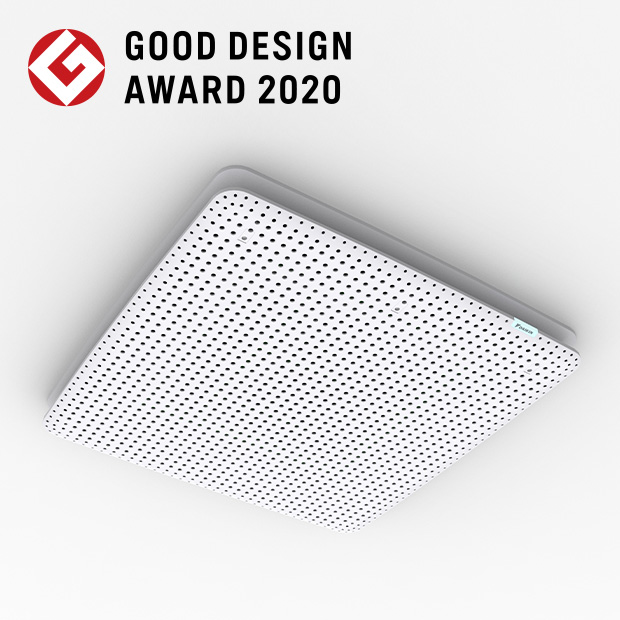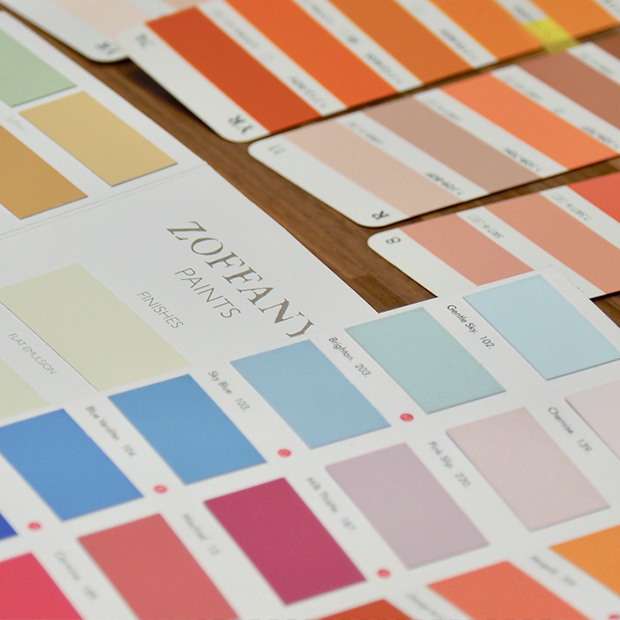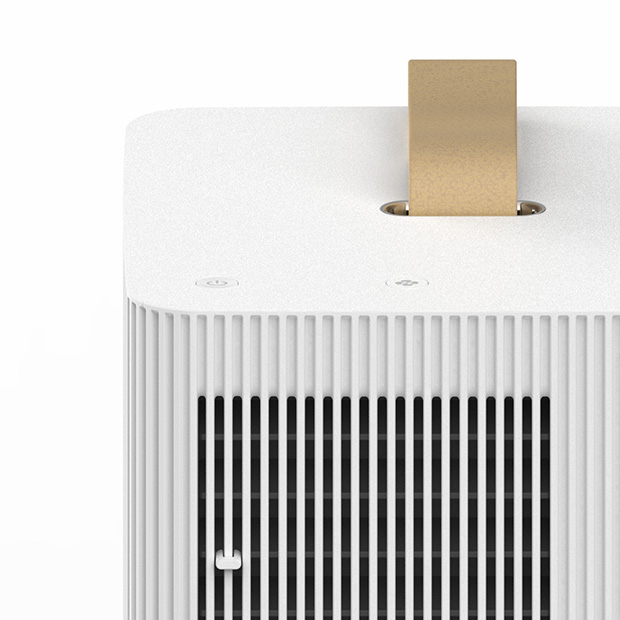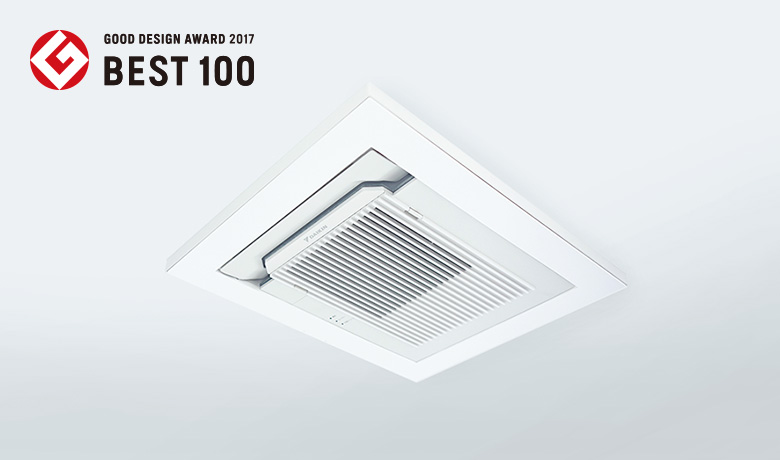
Multi-cassette air conditioner "cocotas" is a compact model that can be installed in small spaces in homes, for example kitchens, dressing rooms, hallways, walk-in closets, and pantries.
I envision using "cocotas" to turn small spaces in homes into ergonomic, stress-free spots, changing them from having a limited range of uses, such as cooking and brushing teeth, to playing a greater part in enjoying life.

The need for multi-cassette air conditioners for small spaces
Until now, air conditioners have been primarily installed in larger rooms like living rooms and bedrooms. In contrast, smaller spaces that are not living spaces were not capable of housing air-conditioning units. Air conditioners, with their traditional structural design, could not be downsized for smaller spaces while retaining functionality.
However, recently people are spending more time in smaller spaces due to changes in housing environments and lifestyles, which exposed problems with the thermal environment--both hot and cold--in these spaces. Heat shock syndrome, which most commonly occurs with elderly people during wintertime, is one of those problems, resulting from an unadjusted thermal environment. The temperature difference between the hot bath and the cold dressing room causes a rapid fluctuation in blood pressure, which is known to increase the risk of cardiac infarction, stroke, and cerebral infarction.
In response to such new needs, I have been involved in the development of multi-cassette air conditioners for small spaces with an eye to not only resolving the conventional shortcomings, but also to expanding the possibility of future uses of spaces in homes.
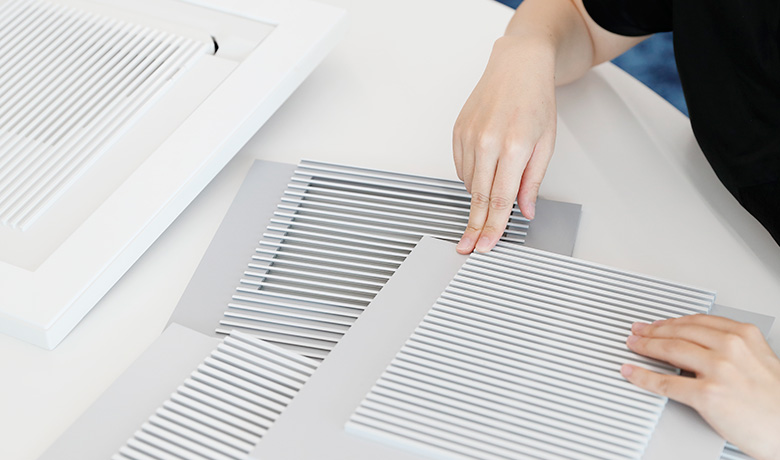
Design that blends into small spaces
We examined in-depth designs that blend into small spaces. We focused the most on the designs of the air intake and outlet as they are the key functional components of an air conditioner.
In small spaces only as large as several square meters, even a few centimeters difference in product size can result in an oppressive impression. To solve this problem, we adopted a grid design for improved intake efficiency as well as to reduce the depth of the product, achieving a size that is non-oppressive even in small spaces.
The shape and pitch determine the impression of the grid. In pursuit of a design that blends into small spaces, we made many grid prototypes to investigate how they are perceived as a product and in specific spaces.
From our recent trend research on housing, we discovered an increasing need for personalizing or customizing small rooms, such as a den or a mini study, where people spend time on hobby activities. Such places also require a comfortable auditory environment in order for the occupants to concentrate on what they want to do. To achieve both quietness and performance, we designed the outlet to have a non-conventional, characteristic C-shaped flap. This design ensures a maximum-size outlet opening along the fan profile, which also allows a good air speed with limited sound.
Fixtures like ceiling-embedded air conditioners are generally not required to have ornate, decorative elements. However, with no consideration taken for material and texture, such an air conditioner can reduce the impression and value of the space it is installed in. With "cocotas," we gave its surface a matte finish, so that it blends into the ceiling material it is installed on while adopting a two-toned white color to distinguish its character as a product.

Possibilities created by innovative product design
The presence of the air conditioner that people feel when they look up to the ceiling will largely depend on the relationship between the functional parts of the air conditioner―specifically, the black holes and flap of the outlet―and the material and color of the environment in which it is installed. Is there more we can do with the design? What different styles can be created with plastic materials, and are there any other suitable materials? Ever since I started this job, I revisit such thoughts when I habitually look up at the ceiling.







